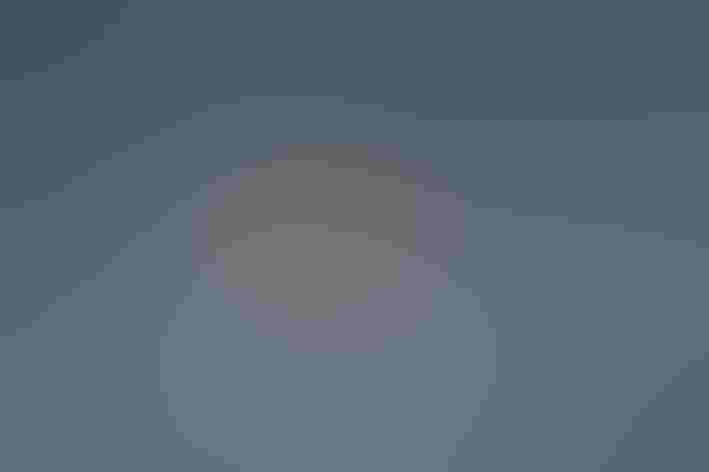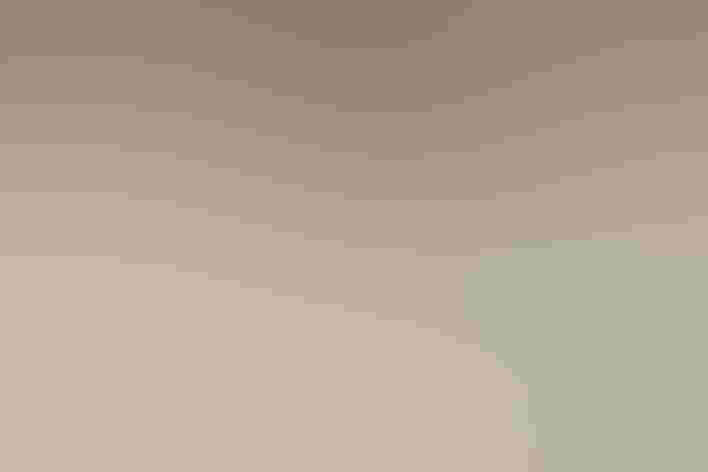American Oystercatcher
At a Glance
A very large, unmistakable shorebird of Atlantic and Gulf Coast beaches. Solitary or in family groups in summer, American Oystercatchers may gather in large flocks in winter.
All bird guide text and rangemaps adapted from Lives of North American Birds by Kenn Kaufman© 1996, used by permission of Houghton Mifflin Harcourt Publishing Company. All rights reserved.
Category
Oystercatchers, Sandpiper-like Birds
Conservation
Low Concern
Habitat
Coasts and Shorelines, Saltwater Wetlands
Region
California, Florida, Mid Atlantic, New England, Southeast, Texas
Behavior
Direct Flight, Rapid Wingbeats, Running
Population
43.000
Range & Identification
Migration & Range Maps
Southern birds apparently are permanent residents. Northern breeders move south, probably to southeastern United States, for winter.
Description
17-21" (43-53 cm). Bold pattern with black head and neck, dark back, white belly; oversized red bill is best mark. Shows broad white wing stripe in flight. Juvenile has brown scaling on back, dark tip on bill.
Size
About the size of a Crow, About the size of a Mallard or Herring Gull
Color
Black, Brown, Orange, Red, White
Wing Shape
Broad, Pointed, Tapered
Tail Shape
Rounded, Short, Square-tipped
Songs and Calls
A piercing kleep! and a plover-like cle-ar.
Call Pattern
Flat, Undulating
Call Type
Chatter, Chirp/Chip, Scream
Habitat
Coastal beaches, tidal flats. Strictly coastal, in areas with extensive sand beaches, tidal mudflats, salt marsh. Key element is presence of good food supply, such as oyster beds, clam flats. May nest among dunes, on islands in salt marsh, or on dredge spoil islands.
Sign up for Audubon's newsletter to learn more about birds like the American Oystercatcher
Behavior
Eggs
1-4. Buffy gray, usually speckled with dark brown. Nests attended by two females and one male may have 5-6 eggs. Incubation is by both sexes, 24-28 days.
Young
Downy young leave nest shortly after they hatch. Both parents feed young for at least 2 months after hatching, although young may attempt to forage on their own well before parents stop feeding them. Age at first flight about 5 weeks.
Feeding Behavior
Often forages by walking in shallow water, searching for food by sight. The birds have two methods of opening the shells of bivalves. In one, finding a mussel with its shell slightly open, the oystercatcher quickly jabs its bill into the opening, cutting the muscles and then cleaning out the contents. In the other method, the bird simply hammers on the shell to break it open.
Diet
Mostly shellfish and marine worms. Feeds mostly on mussels, clams, oysters; also marine worms, sand crabs, limpets, sea urchins, jellyfish, and other small creatures of the intertidal zone.
Nesting
First breeds at age of 3-4 years. Sometimes may mate for life. In areas with high populations, may form trios, with one male and two females attending one nest or two nearby nests. Nest site is on ground, on marsh island or among dunes, usually well above high tide mark. Nest (apparently built by both sexes) is shallow scrape in sand, sometimes lined with pebbles, shells.
Climate Vulnerability
Conservation Status
Numbers declined seriously in 19th century, then recovered well in 20th century. Despite disturbance in beach habitats, the species currently is doing fairly well, often nesting on dredge spoil islands.
Climate Threats Facing the American Oystercatcher
Choose a temperature scenario below to see which threats will affect this species as warming increases. The same climate change-driven threats that put birds at risk will affect other wildlife and people, too.







